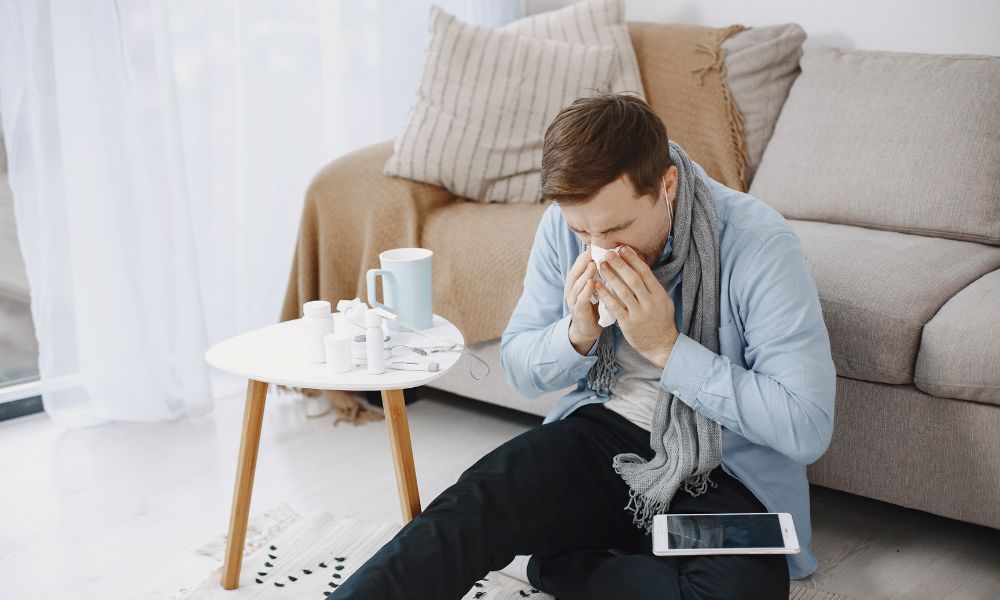If you are asthmatic, have eczema or are allergic to substances such as dust mites, pollen or pets then you’ll be keen to make your home as hypoallergenic as possible to avoid triggering any adverse reactions.
Carpets can harbour allergens such as dust, dirt, chemicals, pollen and animal hairs, so if any of these are likely to affect your health then it’s vital to minimise any risk.
Mould spores can also produce a similar allergic reaction which affects your respiratory system if they are inhaled.
In this post we will help you find flooring which will reduce the likelihood of an allergic reaction so that you can relax at home and enjoy life to the max!
What is the most hypoallergenic flooring?
Allergens can be found all over your home, including in soft furnishings, bedding and pillows, on pets and even in stuffed toys.
Although hard wood, vinyl, laminate, cork and tiled floors are in theory low-risk in terms of allergens, they can still contain VOCs (Volatile Organic Compounds, which are chemicals that can trigger allergies) and also need to be kept spotlessly clean to avoid triggering an attack.
Therefore, carpets may not seem like the obvious choice if you’re looking for hypoallergenic flooring but if you choose the right type of carpet then you can minimise the impact it will have on air quality.
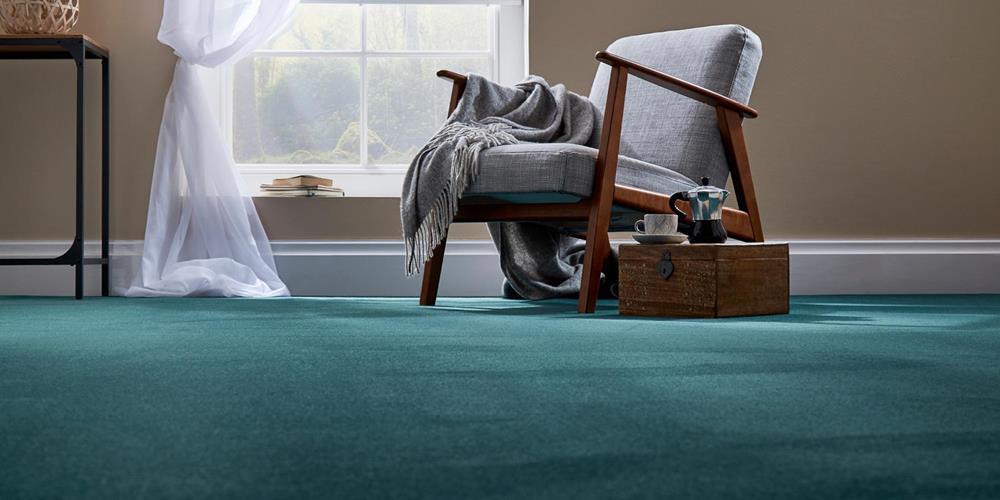
And let’s face it, you can’t beat carpets for their many qualities, including
- softness
- acoustic performance
- insulation
- cosiness
- warmth
- and comfort underfoot.
We are obviously biased at Sargeant Carpets because we love carpets and their benefits, and we are on hand to advise customers who may be concerned about finding a hypoallergenic flooring solution.
What type of carpet is hypoallergenic?
Wool performs much better at absorbing allergens than other types of carpet. Nylon carpets come next and polyester carpets perform worst in the hypoallergenic league table.
Wool carpets are naturally hypoallergenic and can absorb many allergens such as dust and pollen. They act as an air filter, trapping allergens in the pile.
Wool carpets also absorb other pollutants such as nitrogen dioxide, formaldehyde and sulphur dioxide. They act as an air purifier and not only do wool carpets absorb these contaminants, they prevent them from being emitted into the atmosphere.
The next best allergy-friendly carpet is nylon. The advantage of nylon carpets is that they are generally cheaper than wool, and also resist substances like moisture, mildew and dirt.
Look out for the VOC rating for any carpets you are considering, and choose one which has got a Low VOC rating if you’re concerned about allergens.
However, higher levels of VOCs are emitted from other household materials such as paint, wallcoverings and adhesives. Carpets give off relatively low levels of VOC gasses when compared with other materials, and can actively work to reduce indoor pollution by absorbing them.
Which rooms in your home harbour the most allergens?
Bedrooms are the worst culprit for harbouring allergens such as dust mite faecal pellets, in mattresses and bedding as well as carpets. Removing carpets will not cure the problem, but you can certainly reduce their impact by choosing the right one.
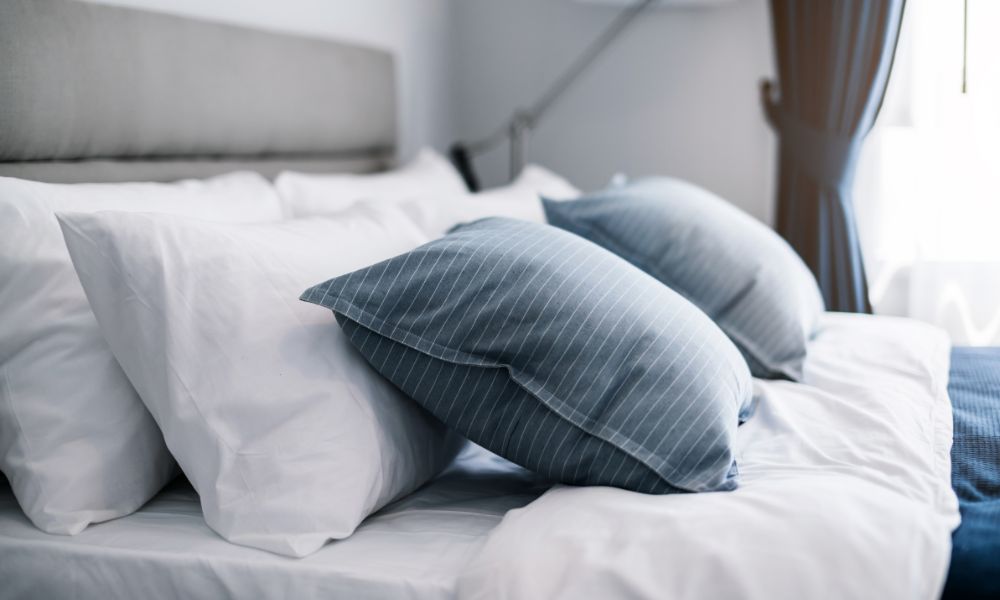
But other tricks can make a huge difference, such as keeping rooms airy, opening windows and controlling temperature and humidity. For hay fever sufferers you need to take care not to let in allergens from outside, so exercise caution in the summer months when pollen levels are high.
Do hypoallergenic carpets work?
Hypoallergenic carpets will keep allergens at bay when looked after correctly, following the manufacturer’s instructions.
You should vacuum carpets regularly and consider hiring a professional carpet cleaning company occasionally to provide a deep clean that you can’t achieve with a domestic hoover. We recommend Conway Cleaning for our customers as they are our local carpet and upholstery cleaning specialists.
If you have a family member who suffers with allergies then there are other things you can do around the home to keep the air clean. For example, keep windows open as much as possible to circulate clean air, or in colder months open the trickle vents which are often found in modern double-glazed units.
Good ventilation will also prevent damp and mould spores from forming and being released into the atmosphere. However, hay fever and other allergies caused by external factors could worsen with more air circulation.
Consider using an air purifier which filters many irritants from the air, which could be useful during the colder months when you are less likely to open windows. It’s also helpful if you suffer from hay fever and can’t ventilate the house as much as you’d like. The different types of air purifier are discussed in this article as well as how to choose the best one for your situation.
Other ways to limit allergens inside your home include,
- Wash soft toys regularly, and ideally freeze them beforehand for 2-3 days.
- Replace your mattresses, pillows and bedding regularly, and use anti-allergy covers.
- Avoid using aerosol sprays.
- Ensure boilers, heaters and wood-burning stoves are serviced regularly.
- Use an extractor fan when cooking.
- Use a dehumidifier to reduce dampness in the air which can cause mould and bacteria to form.
Choosing a hypoallergenic underlay
Underlay offers many benefits which include increasing the lifespan of your carpet, providing heat insulation and some types of underlay offer hypoallergenic properties too.
For example, the pockets in waffle sponge rubber underlay trap dust and other allergens which helps create a hypoallergenic environment.
We supply SpringBond underlay which has many eco-friendly qualities as well as being given an official seal of approval by Allergy UK. SpringBond is made from recycled plastic bottles and is anti-microbial, containing no toxic chemicals or VOCs.
Another underlay which we recommend for customers who’d like to limit VOCs is Natrulay by Texfelt. This underlay contains no harmful VOCs and is manufactured from sustainable natural fibres. It is dust free and is a great environmental alternative to PU foam.
Does carpeting worsen allergies?
If you choose the right type of carpet and look after it correctly then it shouldn’t trigger allergic reactions.
Dust mites don’t feed on wool fibres and prefer the flakes of skin that we shed on a daily basis, so regular vacuuming will prevent these types of allergic triggers.
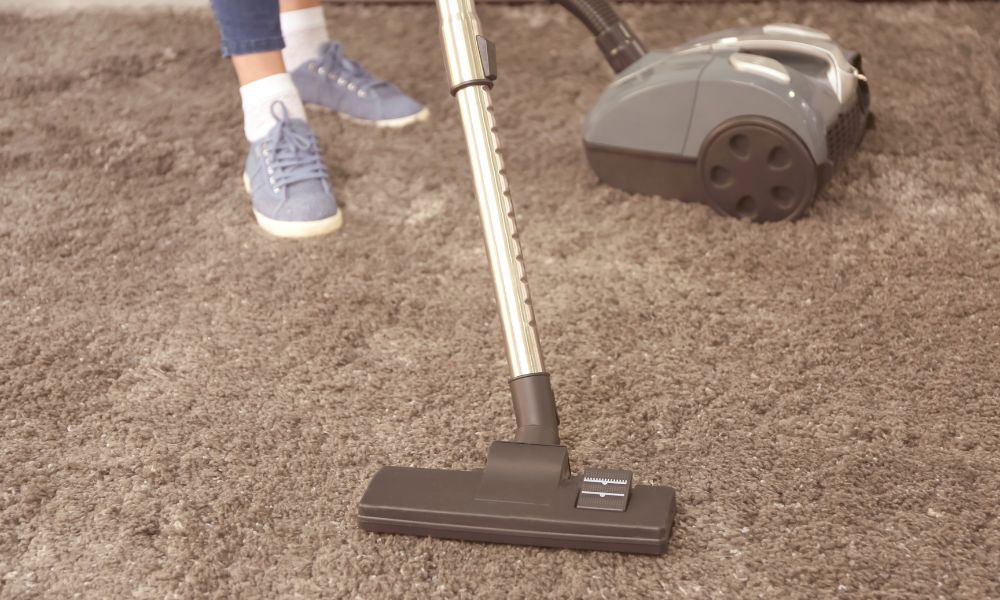
Asthma attacks can be triggered by house dust, or specifically the waste products of dust mites, but choosing a wool or other hypoallergenic carpet will reduce the impact.
You should be particularly careful in bedrooms, where dust mites live in mattresses and other dark places. When you change bedding, we would recommend hoovering the carpet to remove any mites which have been disturbed.
Which of our manufacturers supply hypoallergenic carpets?
We have plenty of choice if you are looking for a hypoallergenic carpet.
Woven Axminster and Wilton wool carpets are a great hypoallergenic option and we use suppliers such as Ulster Carpets, Hugh Mackay Carpets, Britons Carpets and Axminster Carpets.
Westex Carpets
One of our manufacturers, Westex Carpets, treats many of their ranges with an Allergy Guard which protects against allergens as well as pests and bacteria. Ranges such as Ultima Twist, Exquisite Velvet and Briar Natural Loop include this treatment.
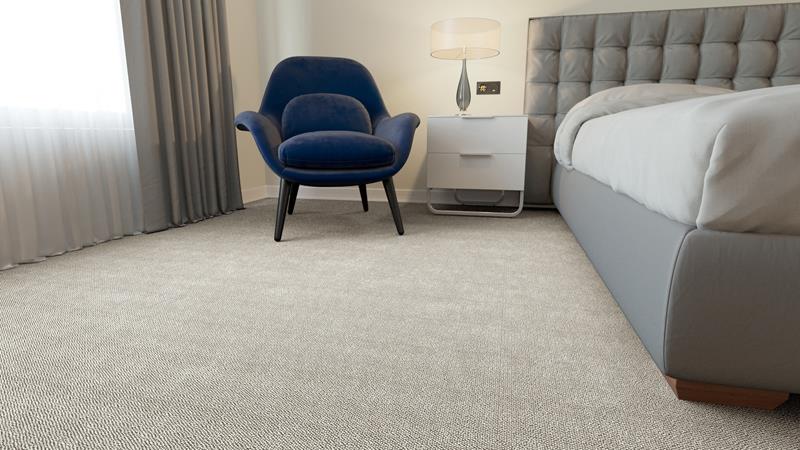
The Allergy Guard treatment contains an active ingredient which prevents debris such as human skin and hair from decaying into material that dust mites eat.
It’s a permanent treatment which lasts for the lifetime of the carpet, and is harmless for humans and pets. It’s also ecologically and toxicologically sound, passing environmental tests OECD 404 and 406.
Westex also provide a Fresh Guard feature which protects against mould fungi and bacteria. This would be a great option if you want to reduce the likelihood of mould spores affecting your property. This protects carpets for their lifetime and keeps them fresher for longer.
Lano SmartStrand Range
Lano SmartStrand is another great product to consider if you suffer with allergies. SmartStrand Forever Clean has permanent built-in soil and stain protection and it releases up to three times more dirt than other carpets when vacuumed. This leaves it cleaner than other products and means fewer allergens are retained within the carpet fibres, reducing the effects on allergy sufferers.
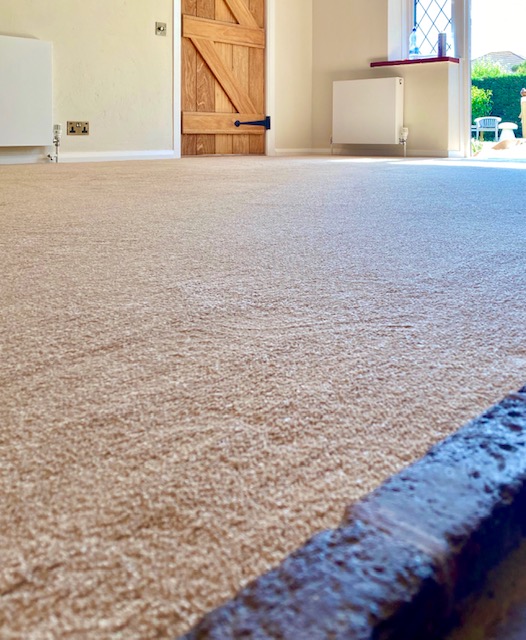
The SmartStrand collection includes saxony, cut loop, twist and loop pile carpets, which are made from an innovative fibre called Triexta which is designed to resist matting and crushing. Triexta is a really soft fibre and to prove how stain-resistant and crush-resistant it is, ten large zoo animals including rhinos from Dallas zoo were released to walk on it for 3 weeks, along with 43,000 visitors. Afterwards the carpet was cleaned with hot water extraction and was as good as new!
Need more help?
Craig Sargeant is always on hand to advise which type of hypoallergenic carpet would work best for your home and budget. You can call him on 01243 868888, send him a Whatsapp message using the handy link on our website or email him at sales@sargeantcarpets.co.uk.
Other carpet guides
We have written a range of articles to help you choose the right flooring for your home, including:

